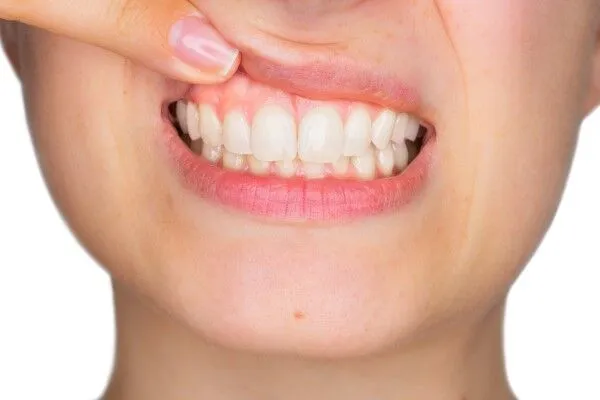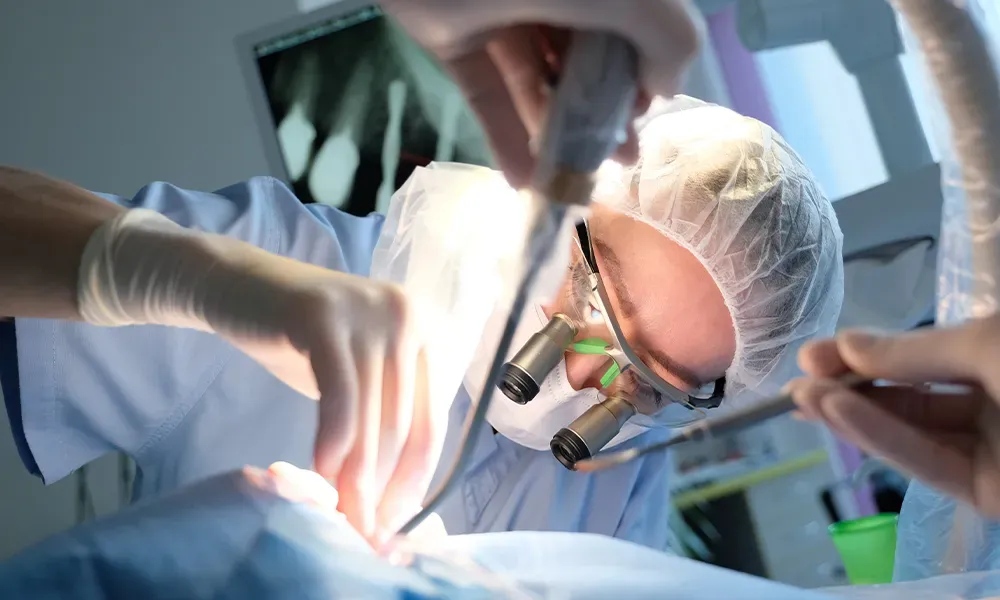The field of periodontal surgery has undergone a transformative evolution in recent years, revolutionizing the treatment and management of periodontal disease. Advances in technology, biomaterials, and clinical expertise have enabled surgeons to provide more effective, minimally invasive, and patient-centered care. From laser-assisted procedures to regenerative therapies, and from digital dentistry to robot-assisted surgery, the landscape of periodontal surgery has expanded significantly. These innovations have improved treatment outcomes, reduced recovery times, and enhanced patient comfort, offering new hope for individuals affected by periodontal disease.
The dentist in Thousand Oaks explores the cutting-edge advances in periodontal surgery, their benefits, and the future directions of this rapidly evolving field through this comprehensive blog. So read on!
Understanding periodontal surgery
Periodontal surgery refers to a range of surgical procedures aimed at treating periodontal disease, a chronic bacterial infection that affects the gums, bone, and surrounding tissues supporting the teeth. These procedures target the restoration of damaged tissues, elimination of infection, and regeneration of lost bone and tissue. Periodontal surgery encompasses various techniques, including pocket reduction, bone grafting, tissue regeneration, and dental implant placement.
The primary objectives of periodontal surgery are to:
- Eliminate infection and inflammation
- Restore tissue health and function
- Enhance oral aesthetics
- Improve dental stability and overall oral health
Exploring the advances in periodontal surgery
Periodontal surgical procedures have seen tremendous evolution over the recent decades, in the following aspects:
Minimally Invasive Surgical Techniques
- Laser-Assisted Surgery: Lasers have become increasingly popular in periodontal surgery, offering precision, reduced bleeding, and faster recovery.
- Microsurgical Techniques: Microscopes and specialized instruments enable surgeons to perform delicate procedures with enhanced visibility and accuracy.
- Piezosurgery: Ultrasonic devices facilitate precise bone cutting and minimally invasive procedures.
Regenerative Procedures
- Bone Grafting: Advanced biomaterials and growth factors promote bone regeneration, improving implant placement and periodontal repair.
- Tissue Engineering: Researchers are developing bioactive scaffolds to regenerate periodontal tissues, enhancing wound healing.
- Enzyme-Supplemented Regeneration: Novel enzymes stimulate tissue repair and regeneration.
Digital Dentistry and Imaging
- Cone Beam Computed Tomography (CBCT): 3D imaging enables precise diagnosis, treatment planning, and guided surgery.
- Digital Impressions: Intraoral scanners facilitate accurate impressions, streamlining the treatment process.
- Computer-Guided Surgery: Software-assisted planning and navigation enhance precision and reduce complications.
Biological and Bioactive Materials
- Platelet-Rich Plasma (PRP): Autologous PRP stimulates tissue healing and regeneration.
- Growth Factors: Recombinant growth factors enhance periodontal tissue repair.
- Bioactive Coatings: Implant surfaces are being developed with bioactive coatings to promote osseointegration.

Stem Cell Therapy and Tissue Engineering
- Mesenchymal Stem Cells: Researchers are exploring the potential of stem cells in periodontal regeneration.
- Tissue-Engineered Scaffolds: Bioactive scaffolds support periodontal tissue growth and regeneration.
Robot-Assisted Surgery
- Navigation Systems: Robotic systems enable precise navigation and execution of complex procedures.
- Automated Instrumentation: Robot-assisted surgery streamlines procedures, reducing recovery time.
Exploring the future directions of periodontal surgery
Future directions of periodontal surgery include the following:
Short-Term
- Personalized Medicine: Genetic testing and biomarker analysis for tailored treatments.
- Advanced Biomaterials: Development of novel scaffolds, growth factors, and bioactive coatings.
- Digital Dentistry: Increased adoption of CBCT, 3D printing, and computer-guided surgery.
- Minimally Invasive Techniques: Further refinement of laser-assisted and microsurgical procedures.
- Regenerative Medicine: Expansion of stem cell therapy and tissue engineering.
Mid-Term
- Nanotechnology: Integration of nanoparticles for enhanced wound healing and tissue regeneration.
- Robotics and Automation: Increased use of robotic systems for precision surgery.
- Artificial Intelligence (AI): AI-assisted diagnosis, treatment planning, and outcome prediction.
- Gene Therapy: Exploration of genetic modification for periodontal regeneration.
- Biofilm Management: Development of novel strategies for biofilm control.
Long-Term
- Tissue Engineering: Creation of functional, implantable periodontal tissues.
- Stem Cell Therapies: Wide-scale adoption of stem cell-based treatments.
- Immunomodulation: Targeted therapies to modulate immune responses.
- Integration with Systemic Health: Increased focus on periodontal-systemic health connections.
The rapid evolution of periodontal surgery has transformed the field, offering patients improved treatment outcomes, enhanced comfort, and expanded options. As research and technology continue to advance, the future of periodontal surgery holds promise for even more innovative and effective treatments.

